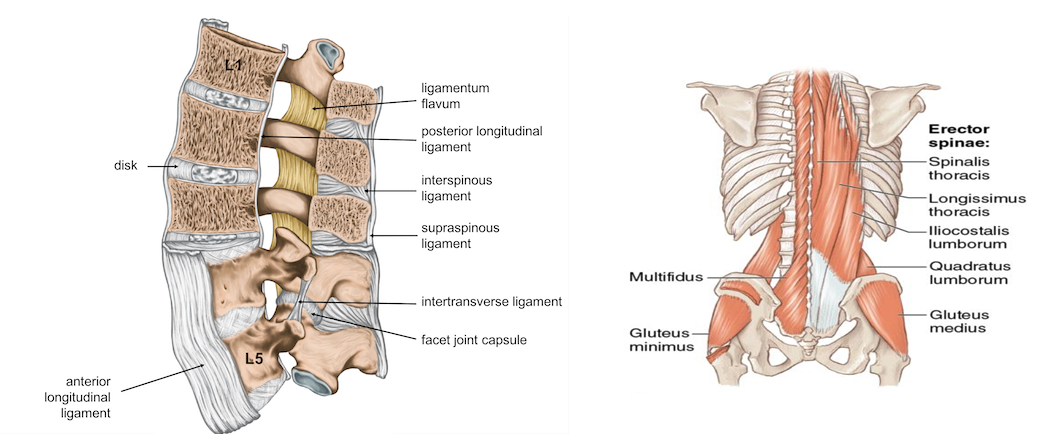20 Nov Low back pain in cricket
Low back (lumbar spine) injuries are commonplace in cricket given the unique demands of bowling, fielding and batting in a hunched position. Due to Covid restrictions pre-season training times have been drastically shortened this cricket season, reducing the physical preparation for athletes and potentially increasing injury risk.
What are the different types of low back injuries in cricket?
Lumbar spine injuries can vary from strains of soft tissue structures (such as muscles, tendons, ligaments & discs) to specific pathology such as bone stress injuries (e.g. stress fracture) or radicular (referred) pain due to nerve irritation. Pain and symptoms may vary depending on which structures are implicated.
Bone stress injuries (BSI’s) in the lumbar spine are the most debilitating injury for cricketers in terms of time lost due to any injury. A BSI in the low back can involve the pars interarticularis, pedicle and lamina – all bony landmarks on a vertebral segment (pictured below). Cricket fast bowling is a unique movement combining rotation, side flexion and extension of the low back. High impact forces directed onto this small area of the spine can lead to BSI.

What causes low back injuries in cricket?
Numerous factors can contribute to the development of back injuries, such as:
- Workload (i.e. how much training and gameplay the athlete has been exposed to)
- Age
- Technique
- Strength
- Movement patterns
Some of these factors will be elaborated on below.
It is important to note that psychological factors also contribute to the pain experience. Examples include:
- Beliefs (guarding patterns, stress, anxiety, depression, frustration)
- Social stressors (work/school, performance expectations, family, etc.)
Age
Younger (adolescent) fast bowlers tend to have a higher incidence of soft tissue injuries and lumbar BSI due to relative immaturity of their musculoskeletal system, which can struggle to cope with the high forces of fast bowling. In fact bowlers under the age of 22 are 4 times more likely to suffer a BSI than any other age group in cricket.
Workload
In elite junior cricketers, bowling frequency has been most strongly associated with lumbar BSI. Sustained bowling over a long period of time (e.g. 3 months) without a rest period was also a risk factor.
Without adequate rest, the body doesn’t have enough time to adapt to the rigours of fast bowling, thereby increasing injury risk.
Technique
Biomechanical features of fast bowling technique can increase the stress placed on the lumbar spine. Commonly a fast bowlers technique may be a front on action, a side on action or a combination counter-rotation action, with the latter previously reported as having an increased risk for BSI. It is important to note everyone is different, and there will always be exceptions.
Can low back injuries be prevented in cricket?
Yes, if the above mentioned risk factors are managed well.
Although we can’t change age, it is important to note, adolescence provides a fantastic window of opportunity to improve musculoskeletal strength with consistent bowling through this period. At this age, muscles and bones are particularly responsive to WELL-PLANNED loading. Positive adaptations such as increased bone thickness and improved muscle strength can occur, which means the athlete is better capable of withstanding the loads of fast bowling during their junior and senior cricket careers.
In light of these findings, Cricket Australia have developed the following guidelines for youth fast bowlers:
GUIDELINES
- Avoid bowling more than 2 days in a row where possible
- Avoid bowling more than 4 days in a week
- Allow one easy week (eg: 50% of target load) every 4-5 weeks
- Schedule a week off bowling after every 10-12 weeks of bowling to allow your body to recover
Should you change technique? It is advised technique should only be addressed in conjunction with an experienced coach.
Increasing shoulder, trunk & hip strength, and proactively managing workload are priorities BEFORE looking to change technique.
What can I do to minimise my injury risk?
To minimise your injury risk this summer, ensure:
- Your workloads are well managed;
- Complete a thorough warm-up and cool down before and after trainings/games;
- You achieve sufficient sleep;
- Are well hydrated.
In particular to workloads, make sure you understand how much bowling you have done during lockdown and gradually build on this (don’t go TOO hard too soon). If you miss a training session, go away on holidays or worse case need to go into lockdown/isolation for a period- understand your body will still need stress and load. You can always continue some form of training (shadow bowling at home, bowling to an empty net).
Good luck to all cricketers for the upcoming season!
References:
Kountouris, A., Sims, K., Beakley, D., Saw, A. E., Orchard, J., Rotstein, A., & Cook, J. L. (2019). MRI bone marrow oedema precedes lumbar bone stress injury diagnosis in junior elite cricket fast bowlers. British journal of sports medicine, 53(19), 1236-1239.
https://www.community.cricket.com.au/clubs/youth-pace-bowling-guidelines
Brukner, P., Clarsen, B., Cook, J., Cools, A., Crossley, K., Hutchinson, M., … & Khan, K. (2017). Clinical Sports Medicine, Volume 1, Injuries. 9. Biomechanical aspects of injury in specific sports. Australia: McGraw-Hill Education.


